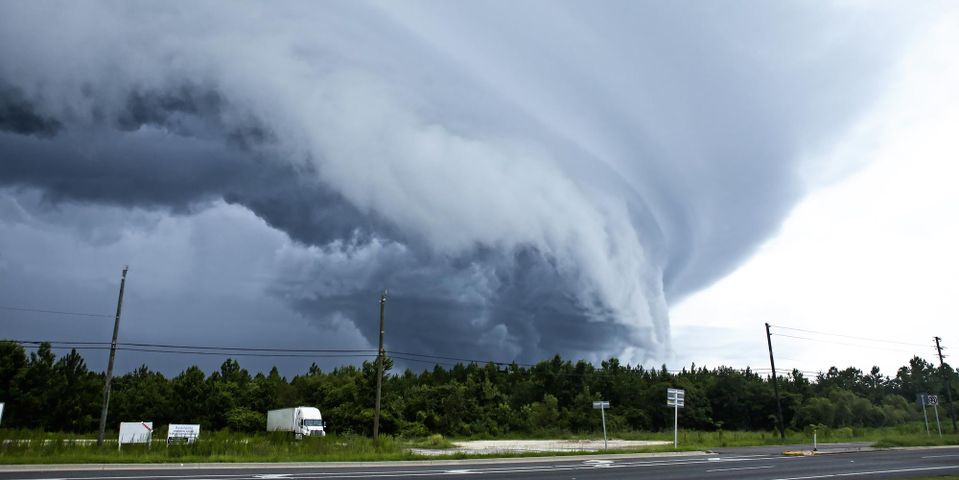
Tornadoes can occur in many sizes ranging from a few yards to a mile in width. They can move so slowly that they appear immobile or travel several hundred miles per hour. Furthermore, they can change their behavior quickly—growing violent out of nowhere. As such, locals should listen closely to the radio and go to their basements or storm shelter as soon as they are warned of the danger. To understand what the announcers are saying, the guide below helps breakdown the Enhanced Fujita Scale.
Tornado Scale
The original Fujita Scale measured tornado strengths based on wind speeds, but wind speed inside a tornado could not be accurately calculated, so it was changed in 2007. The new Enhanced Fujita Scale (EF-Scale) is based on the amount of damage left after a tornado hits an area and the recorded wind speeds outside of the tornado over a three-second gust. The new EF-Scale is as follows:
- An EF Number of 0 represents winds of 65 to 85 mph. There can be light damage to homes and vegetation.
- An EF-1 covers winds of 86 to 110 mph. There may be moderate damage to homes in the form of broken glass, removed doors, or roofs that are stripped bare. Mobile homes may be overturned if not secured.
- By the time a tornado becomes an EF-2, winds are 111 to 135 mph. There is likely to be a considerable amount of damage to homes. Mobile homes can be destroyed and foundations may shift.
- An EF-3 has winds of 136 to 165 mph. Cars may be thrown, trains overturned, and multi-storied homes destroyed.
- An EF Number of 4 has wind speeds ranging from 166 to 200 mph, while an EF-5 is any above 200. Both are likely to cause devastating damage—destroying homes, launching cars, and harming high-rise buildings.
The Storm Prediction Center has an EF-Scale Damage Indicator chart for more information.
Tornado Safety Measures
 The National Weather Service (NWS) announces tornado warnings by county, but be aware of your community’s unique warning system. Practice drills with the family, and keep the path to your storm shelter clear at all times. In addition, stock it with vital supplies—including non-perishable food, bottled water, and a radio. Make sure your family stays put until you hear that the tornado has left. After emerging, do not enter any buildings touched by a tornado, stay away from downed power lines, and take pictures for your insurance company.
The National Weather Service (NWS) announces tornado warnings by county, but be aware of your community’s unique warning system. Practice drills with the family, and keep the path to your storm shelter clear at all times. In addition, stock it with vital supplies—including non-perishable food, bottled water, and a radio. Make sure your family stays put until you hear that the tornado has left. After emerging, do not enter any buildings touched by a tornado, stay away from downed power lines, and take pictures for your insurance company.
Oklahoma receives an average number of 56 tornadoes per year, making it one of the most susceptible states in the country. Therefore, consider investing in a storm shelter for your family’s protection. G & M Tank Co., based out of Purcell, has served the community since 1973 and provides high-quality, ventilated storm shelters that can protect up to ten people. To see pictures or learn more about them, visit the website. Call (405) 527-5342 for a free quote on delivery and installation in your area.
About the Business
Have a question? Ask the experts!
Send your question

